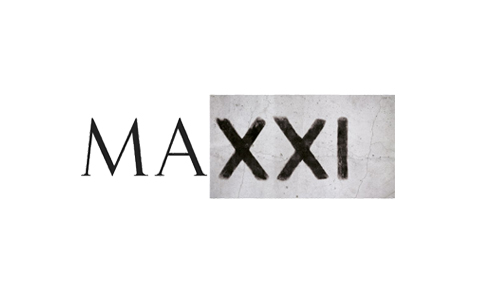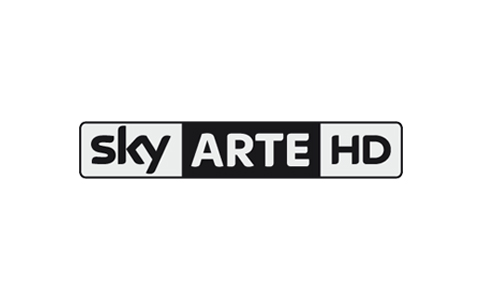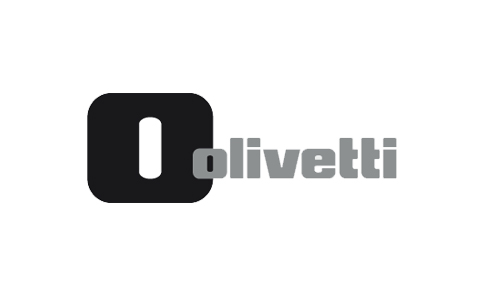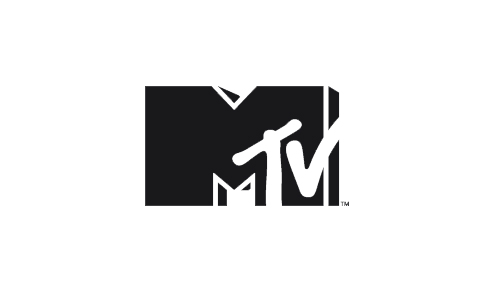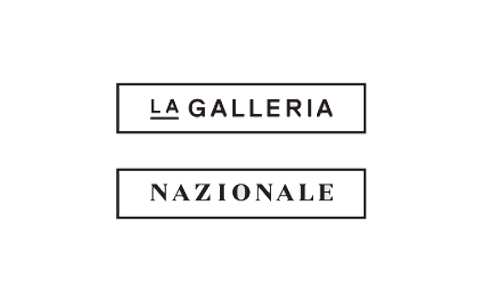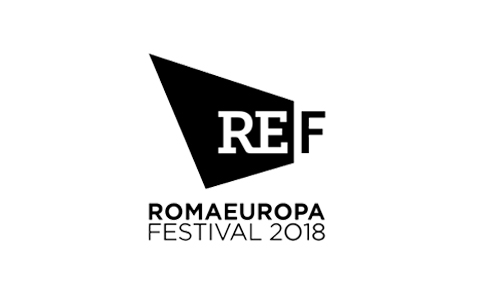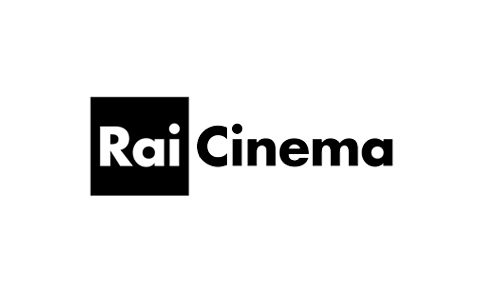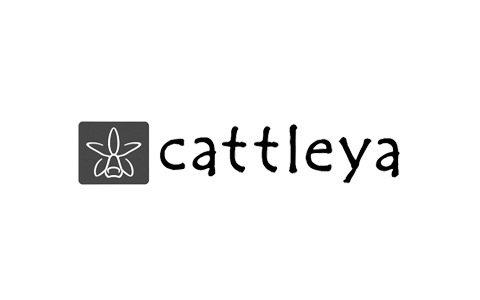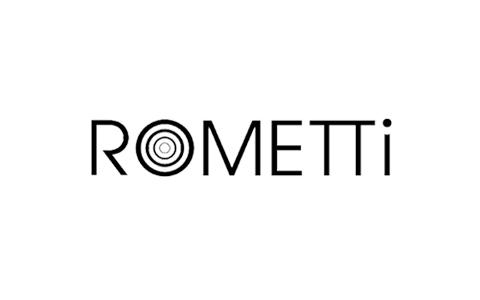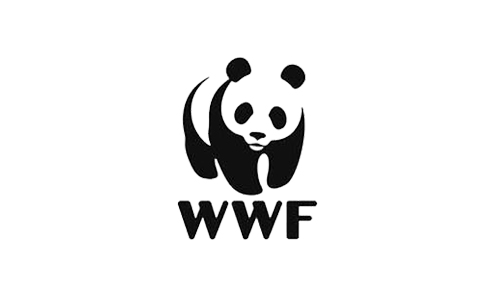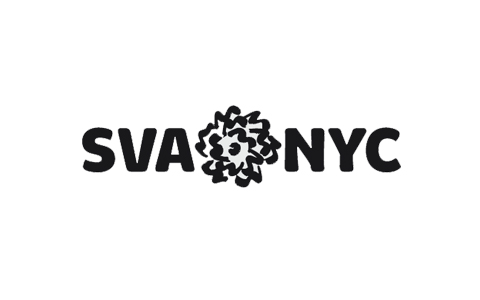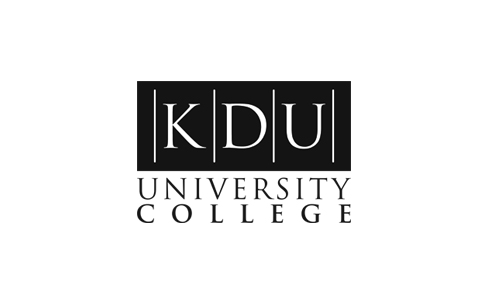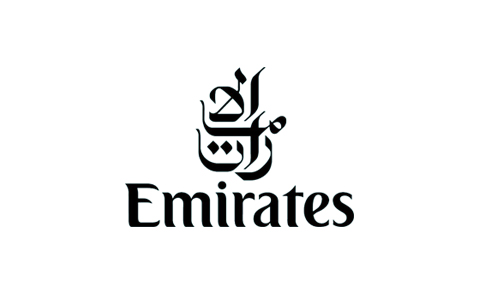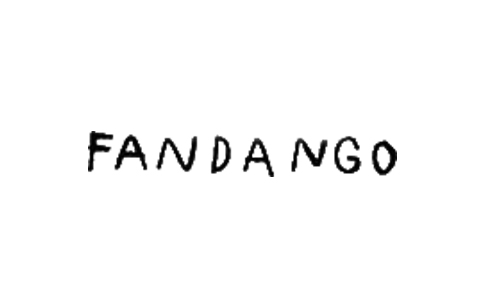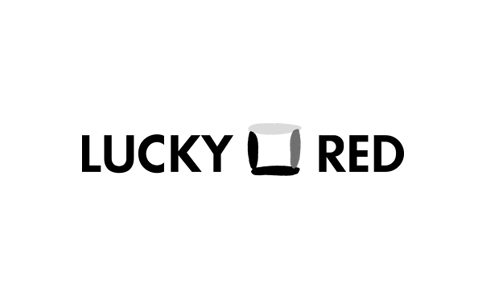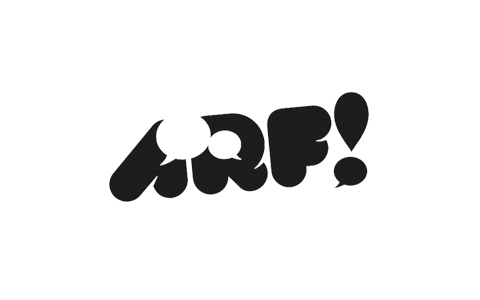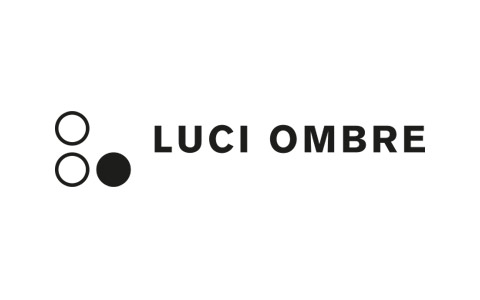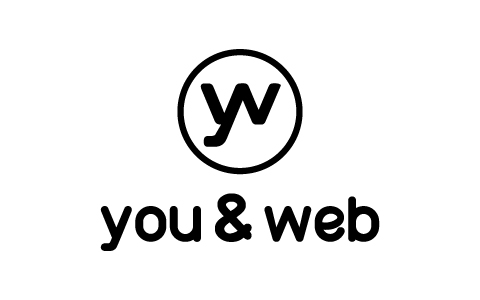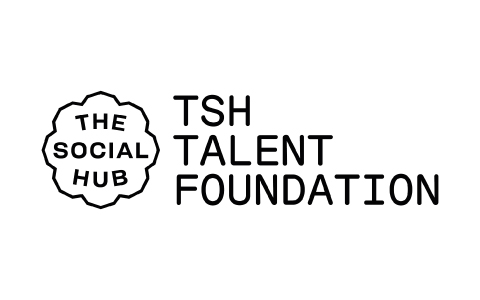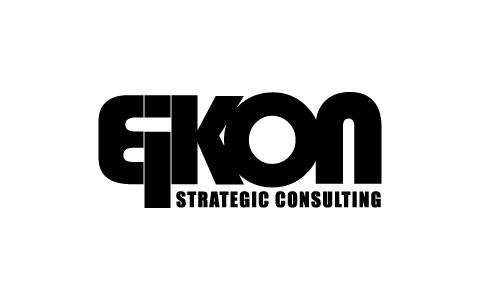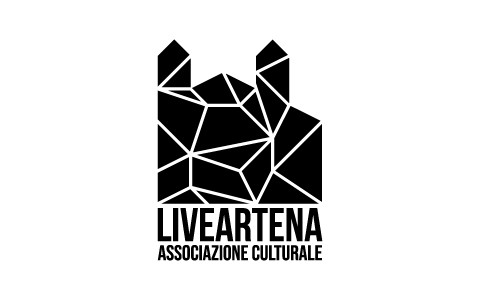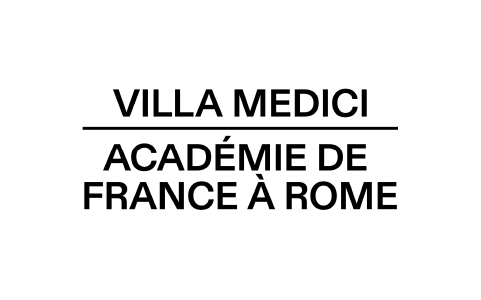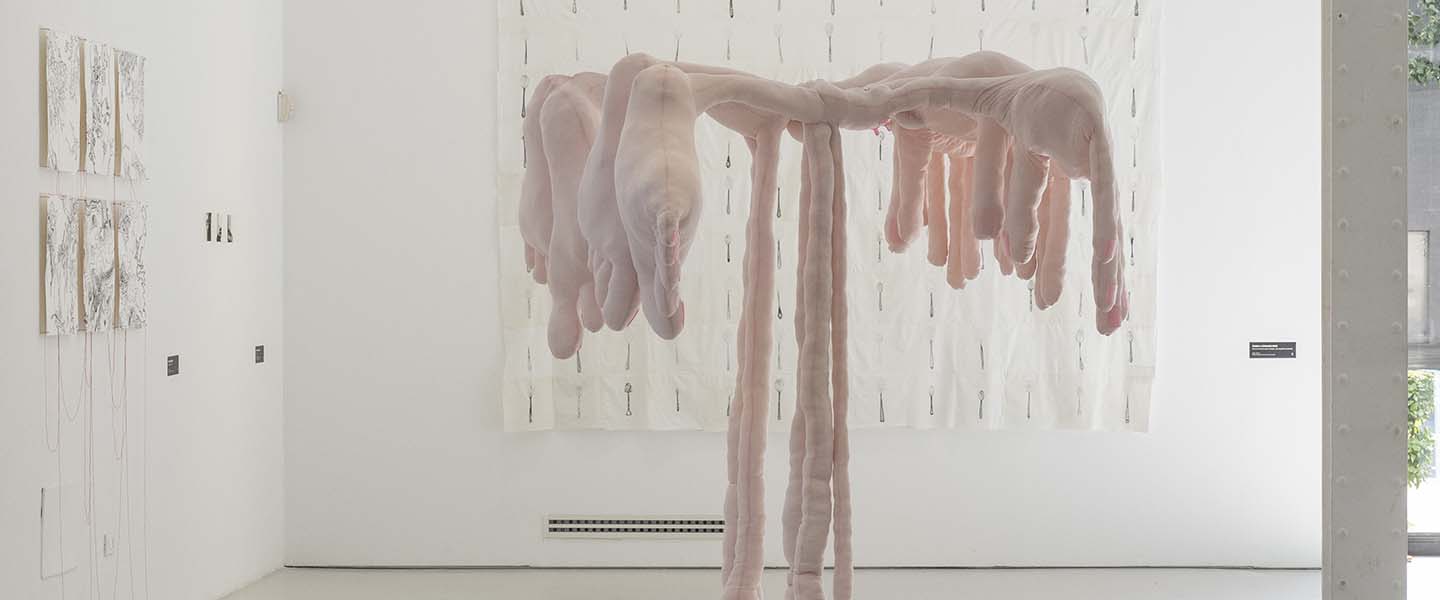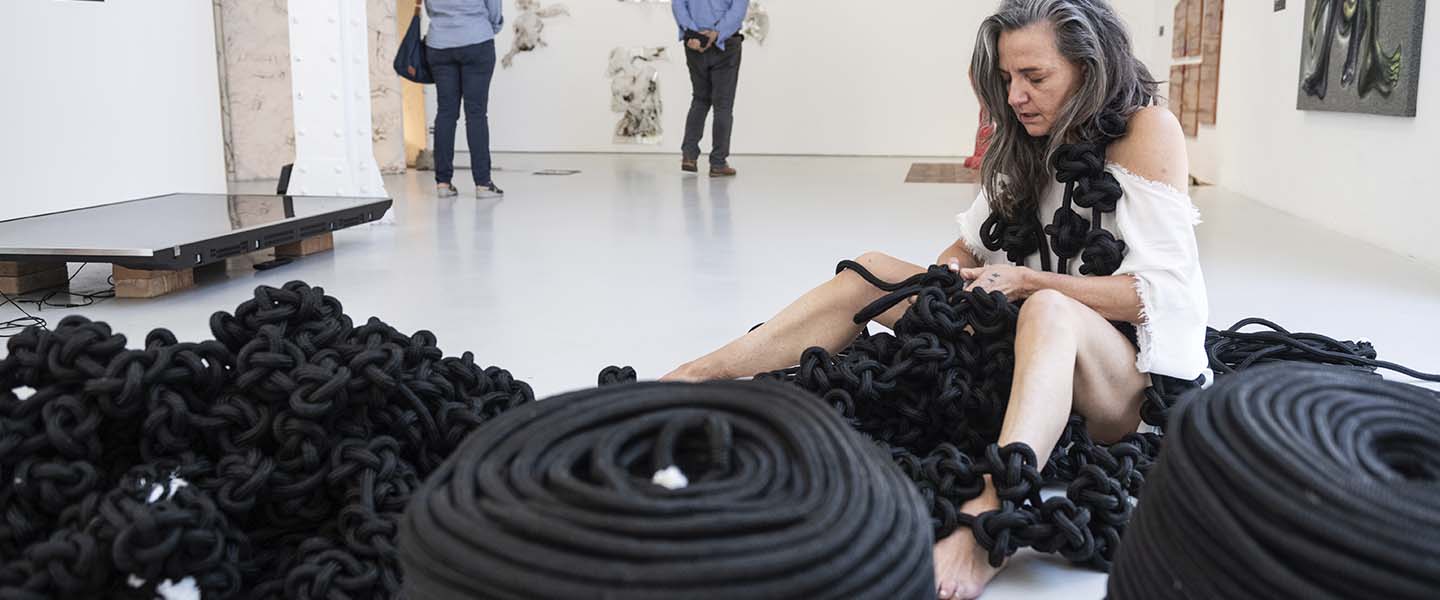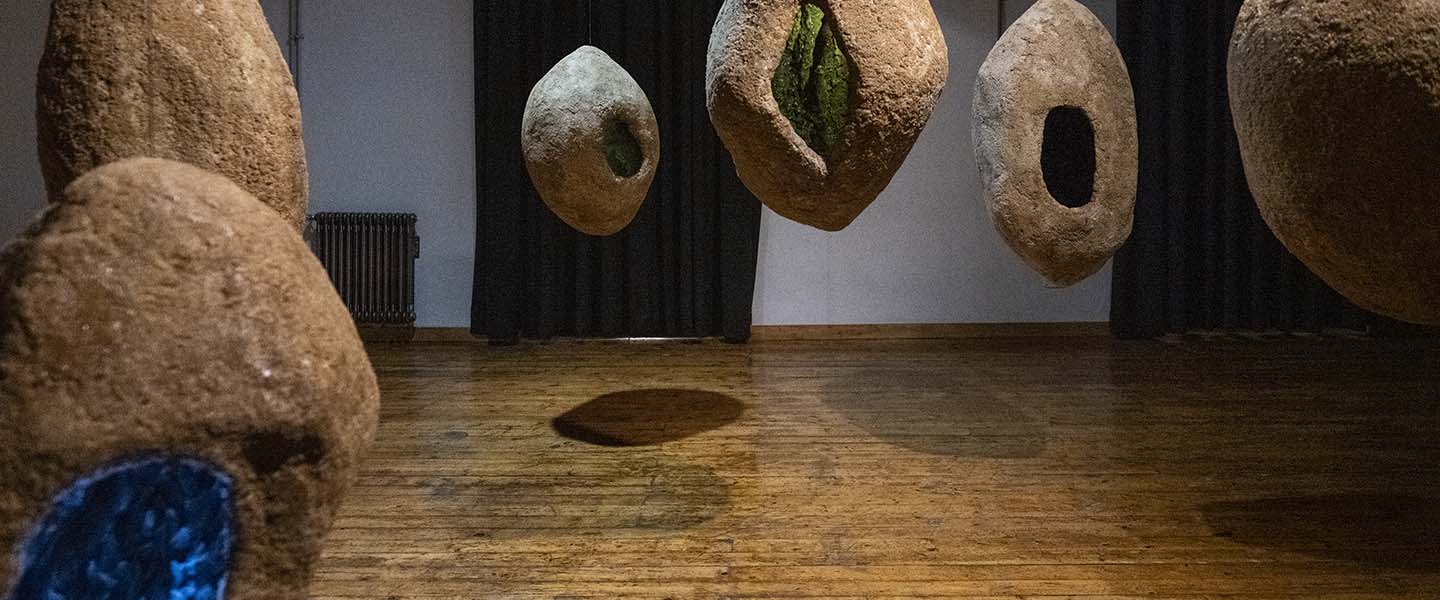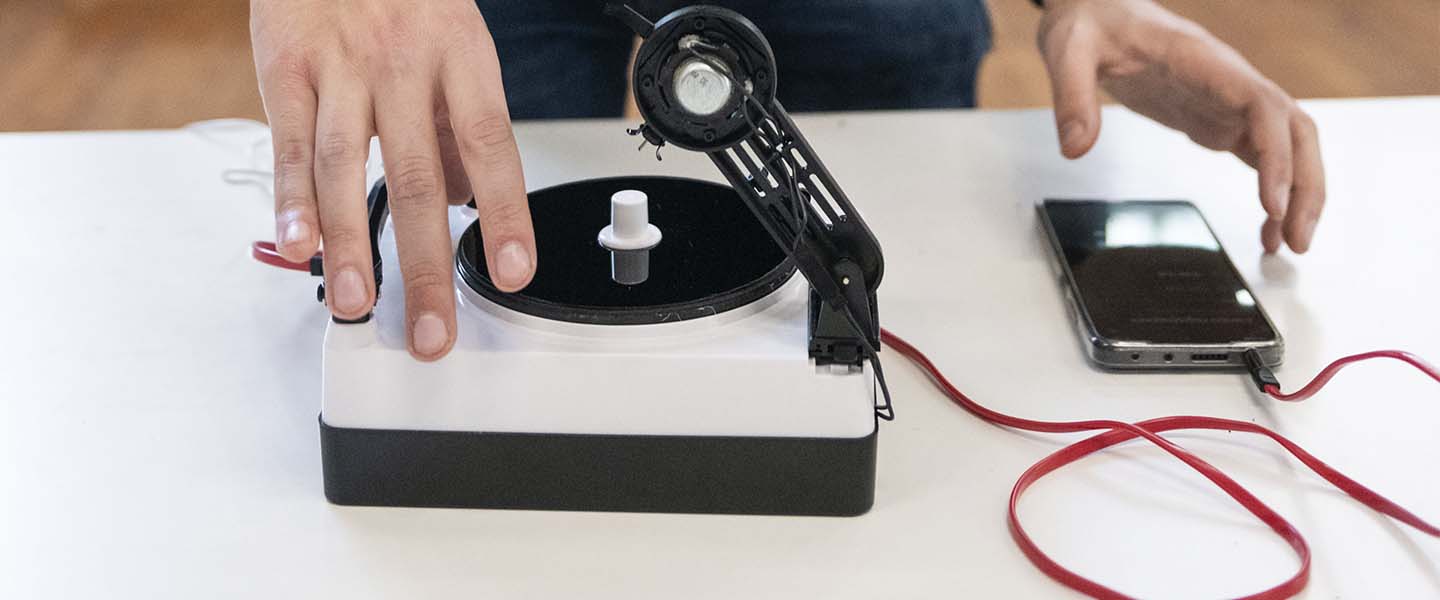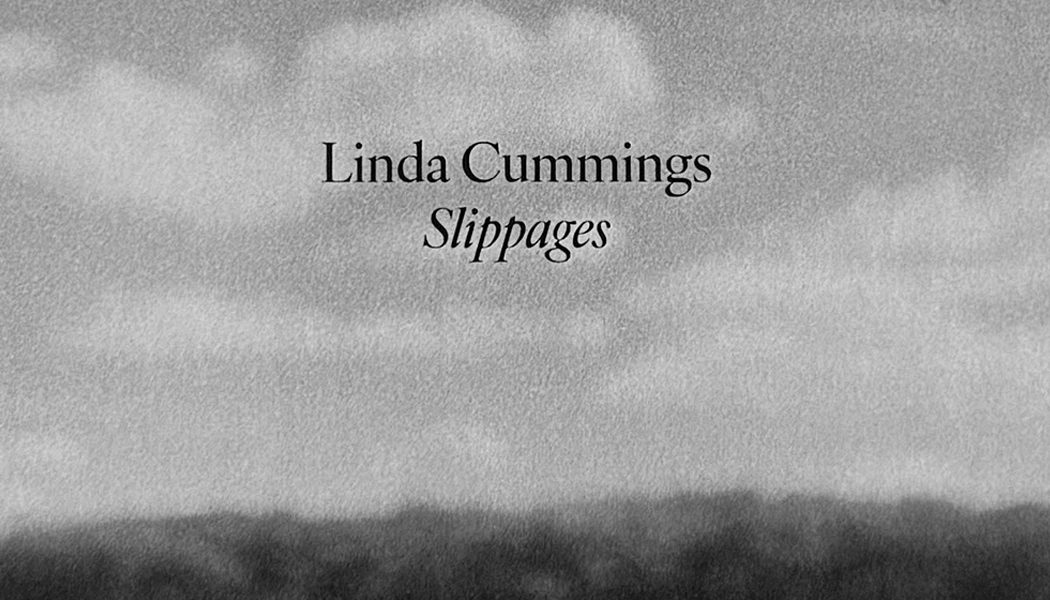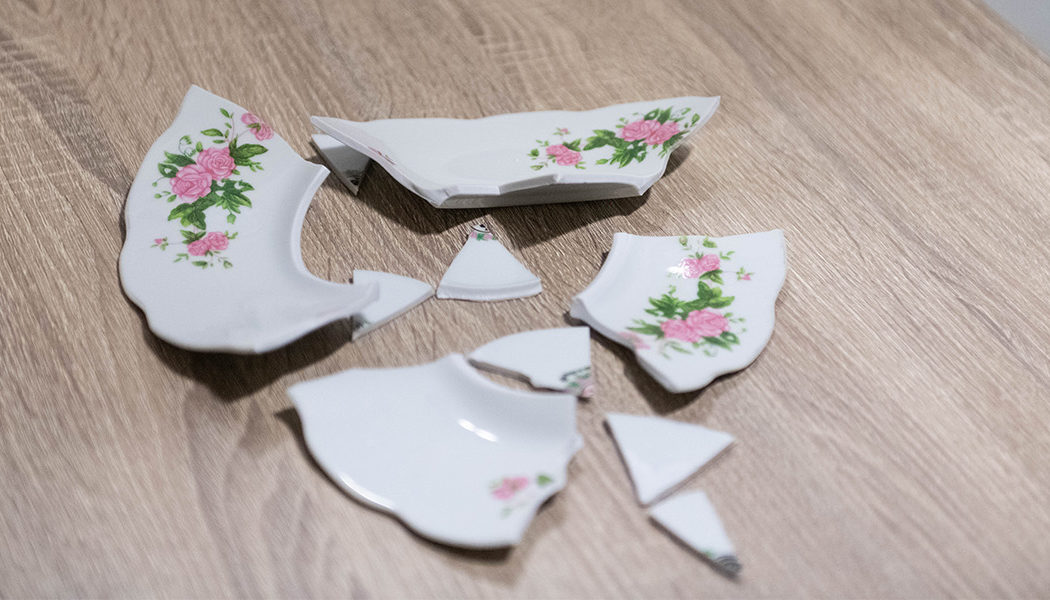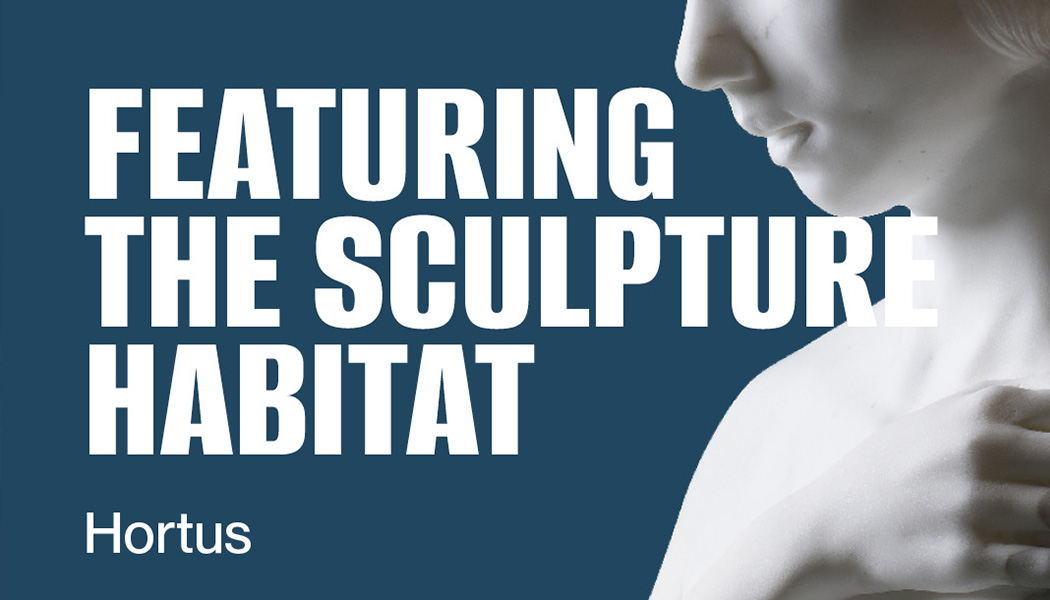TAUGHT IN ITALIAN AND ENGLISH ❯
The art of breaking down borders.
The Master in Fine Arts is the natural continuation of the Bachelor of Arts in Painting and Visual Arts and Sculpture and Installations. Nevertheless, it may also be attended by students who come from other educational backgrounds and who wish to complete their studies by studying contemporary art.
Qualification:
Second Level Academic Diploma, equivalent to a Master’s degree
Duration:
2 years, full time
Language:
Italian or English
Credits:
120 ECT
Location of attendance:
Rome
Requirements:
Italian students
Bachelor’s degree or equivalent certification
Portfolio
International students
Bachelor’s degree valid for the Italian Education System
Portfolio
Course language B2 certificate
Upon admission non-UE students have to fulfill the procedure to obtain a Student VISA
Masterclasses:
3 masterclasses per year for 3 weeks, under the guidance of international artists.
Field:
Painting, Painting specialisation in Performance Art,Sculpture, Printmaking
Main subjects:
Illustration, Sculpture Techniques, Painting, Performing techniques for the visual arts, Multimedia installations, Printmaking Techniques, Art Psychology, Art Management.
Future careers:
Cultural Mediator, Gallerist, Performance artist, Performance curator, Cultural Manager, Curator, Art Printer.
The Master of Arts is divided into 4 curricula: Painting, Painting with Specialisation in Performance Art, Sculpture and Printmaking, which share the same structure and vocation. These courses are in English and are the best solution to perfect, enrich and enhance the preparation of artists, creative professionals and cultural operators. During each academic year, 6 one-week master classes will involve students in many projects under the guidance of internationally renowned artists and professionals.
In a strongly stimulating and practical environment, students will have the opportunity of studying in an in-depth manner all of the practical and theoretical aspects related to each curriculum and to contemporary art such as: installations, performances, video art, public art, art criticism and the art market.
Nowadays artists are multidisciplinary professionals that are increasingly in demand by companies and creative entities that value their ability to find innovative and surprising visual and design solutions. The artist works closely with companies and businesses, for the success of projects and events.
The 21st century artist is one who transforms the perception of reality by creating new aesthetics and many different worlds. For this reason, studying Painting, Painting with specialization in Performance Art, Sculpture and Printmaking through this Master of Arts is an investment for the future of our culture.
LOOK AT FINE ARTS STUDENTS’ PROJECTS
Professional opportunities and outcomes
Graduates from the Visual Arts programme will be capable of working as artists and in the world of art education, as well as in the many creative professions related to the world of art: as cultural mediators, gallery owners, performer, cultural managers, curators, printmakers.
Coordinator: Marta Jovanovic
Tutor: Fabrizio Dell’Arno
Lecturers: Andrea Aquilanti, Kathy Battista, Gianna Bentivenga, Beatrice Bulla, Flaminia Bulla, Emanuela Camacci, Davide Dormino, Silvia Giambrone, Marta Jovanovic, Devin Kovach, Gianluca Lorenzini, Alida Massari, Michele Palazzi, Donatella Saroli, David Vernaglione.
ASK MORE INFO ABOUT THE COURSE
FINE ARTS – MA
Suggested study plan – Mandatory attendance at RUFA locations in Rome.
| PAINTING | PAINTING - PERFORMANCE ARTS SPECIALISATION | SCULPTURE | PRINTMAKING | ||
|---|---|---|---|---|---|
| YEAR | SUBJECT | ECTS / HOURS | ECTS / HOURS | ECTS / HOURS | ECTS / HOURS |
| I YEAR |
Iconography & anatomical drawing
Study of the body as a container of real and imaginary space. Drawing is intended as an instrument of knowledge and to overcome boundaries.
| 8 / 100 | 8 / 100 | 8 / 100 | 8 / 100 |
|
Printmaking 1
Working on printmaking personal and collective projects, in a permanent investigation of the contemporary condition with a free and open approach to suggestions and contaminations from other artistic and communication disciplines.
| 8 / 100 | - / - | 8 / 100 | 12 / 150 | |
|
Painting
Through practice and research, reaching a full awareness of the students’ deep creative needs, in order to understand which are the most appropriate tools of expression to finally create highly eloquent works.
| 12 / 150 | 12 / 150 | - / - | 6 / 75 | |
|
Sculpture 1
The development of a personal research through a project-homage to the city of Rome, focusing on the relationship with the city's aspects.
| - / - | - / - | 12 / 150 | - / - | |
|
Multimedia Installations
Learning and using art history examples together with multiple performance art tools to create artworks. Practicing how to think and write critically about performance art and developing the feeling of how to curate and document this particular and ephemeral art. Performance art practice will be examined in relation to other disciplines like theatre, dance, video art, photography, architecture, fashion, as well as its impact on popular culture.
| - / - | 8 / 100 | - / - | - / - | |
|
Video Installations
Learning and using art history examples together with multiple performance art tools to create artworks. Practicing how to think and write critically about performance art and developing the feeling of how to curate and document this particular and ephemeral art. Performance art practice will be examined in relation to other disciplines like theatre, dance, video art, photography, architecture, fashion, as well as its impact on popular culture.
| - / - | 6 / 75 | - / - | - / - | |
|
Performative techniques
Learning and using art history examples together with multiple performance art tools to create artworks. Practicing how to think and write critically about performance art and developing the feeling of how to curate and document this particular and ephemeral art. Performance art practice will be examined in relation to other disciplines like theatre, dance, video art, photography, architecture, fashion, as well as its impact on popular culture.
| 6 / 75 | 6 / 75 | 6 / 75 | 6 / 75 | |
|
Visual arts techniques and technologies
The most famous artistic movements from the nineties to the contemporary, the different techniques used for settings. Developing final projects based on site specific working practice in order to define and confront the space.
| 6 / 75 | 6 / 75 | - / - | - / - | |
|
Illustration
Experiencing the art of illustration applied to different sectors, from the illustrated book, to the editorial illustration for magazine, in order to develop a personal taste and style. Lab activities: the creation of short editorial projects for different targets and all the dynamics of storytelling.
| 6 / 75 | - / - | - / - | 6 / 75 | |
|
Printmaking
Working on personal and collective projects, in a permanent investigation of the contemporary condition with a free and open approach to suggestions and contaminations from other artistic and communication disciplines.
| - / - | - / - | - / - | 8 / 100 | |
|
Sculpture techniques
Developing the awarness, through lab practice, of various problems and working methods connected to the most common materials used in sculpture and the art field in general. The different steps of working processes and their specific tools.
| - / - | - / - | 6 / 75 | - / - | |
|
3D Digital modelling techniques
3Ds Max and V-ray: from modelling two-dimensional shapes and tridimensional primitives to complex and more organic objects and how to exchange and import files from other programs into 3ds Max. Learning how to render in a photorealistic way bringing the real camera rules in the computer field of application.
| - / - | - / - | 6 / 75 | - / - | |
|
Psychology of art
The psychology of art through the lenses of historical formalism, Freudian and post-Freudian psychology, perception, visual studies and recent applications of the neurosciences to the visual arts. Developing students’ critical thinking, and their self-awareness about their own practices, as makers and as viewers.
| 6 / 45 | 6 / 45 | 6 / 45 | 6 / 45 | |
|
Art pedagogy and teaching methods
Fostering students’ creativity through a variety of critical, historical and practice-based theory, in order to aid in the ability to effectively organize and communicate their artistic research, as well as those of others as art teachers and art educators.
| 6 / 45 | 6 / 45 | 6 / 45 | 6 / 45 | |
| English for artistic communicazione | 2 / - | 2 / - | 2 / - | 2 / - | |
| 3 one week Masterclass** | - / 150 | - / - | - / 150 | - / 150 | |
| II YEAR |
Photography
The image and its simulacrum are the fundamentals of the use of photography in this course designed to support an interdisciplinary educational journey. The course includes a theoretical-historical part and a laboratory part, in which each student will work on a personal project.
| 8 / 100 | 8 / 100 | 8 / 100 | 8 / 100 |
|
Painting 2
The interdisciplinary language that connotes contemporary art is one of the starting points of the second year of painting. Each student will develop a research aimed at the realization of a personal project, which will be developed in different declinations during the year.
| 12 / 150 | - / - | - / - | - / - | |
|
Visual arts techniques and technologies 2
The most famous artistic movements from the nineties to the contemporary, the different techniques used for settings. Developing final projects based on site specific working practice in order to define and confront the space.
| 12 / 150 | 12 / 150 | - / - | - / - | |
|
Printmaking 2
The second year of Printmaking continues the first year by working on printmaking personal and collective projects, in a permanent investigation of the contemporary condition with a free and open approach to suggestions and contaminations from other artistic and communication disciplines.
| - / - | - / - | - / - | 12 / 150 | |
|
Sculpture 2
Intensification of the study of the relationship between content and design in order to deal, in an exclusive approach, with the places of future interventions.
| - / - | - / - | 12 / 150 | - / - | |
|
Experimental printmaking
In line with the concept of Expanded Field, in the course of experimental printmaking, an interdisciplinary approach will be followed which will lead each student to deal with innovative areas of printmaking to create of one or more personal projects.
| - / - | - / - | - / - | 6 / 75 | |
|
Phenomenology of contemporary arts
Phenomenology as a methodology for understanding the change in visual arts. In-depth study of the art key players of the nineteen-hundreds and the new millennium and the related extralinguistic contaminations. The study of the deviant characters and movements of the history of art will be the starting point for a reflection on contemporary styles, techniques and practices, themes and ideas of art design.
| 6 / 45 | 6 / 45 | 6 / 45 | 6 / 45 | |
|
Digital image processing
Adobe Photoshop: from the study of basic processes for color correction and processing techniques for developing raw files, up to photomontage and composite images.
| 6 / 75 | 6 / 75 | 6 / 75 | 6 / 75 | |
|
Art management
Exhibition and analysis of curatorship today, from the preparation to the communication of an exhibition. Analysis of the art system: galleries, museums, the network, roles. Writing a portfolio with statements and developing the ability to entertain a Studio Visit with a curator. Exhibition exercise, from communication to installation, through the development of a theme concerning the student’s personal poetics.
| 6 / 45 | 6 / 45 | 6 / 45 | - / - | |
| Elective educational activities | 6 / - | 6 / - | 6 / - | 6 / - | |
| Language skills - Internships - Workshops | 6 / - | 6 / - | 6 / - | 6 / - | |
| 3 one week Masterclass** | - / 150 | - / - | - / 150 | - / 150 | |
| Thesis | 10 / - | 10 / - | 10 / - | 10 / - | |
| Total credits | 120 | 120 | 120 | 120 |
**Masterclasses are part of the number of didactic hours included in the curricular courses
ANNUAL PLANNING
CREDITS
Foto slider: Vanshika Agrawal, Davide Miceli, Amedeo Longo.
Partner
